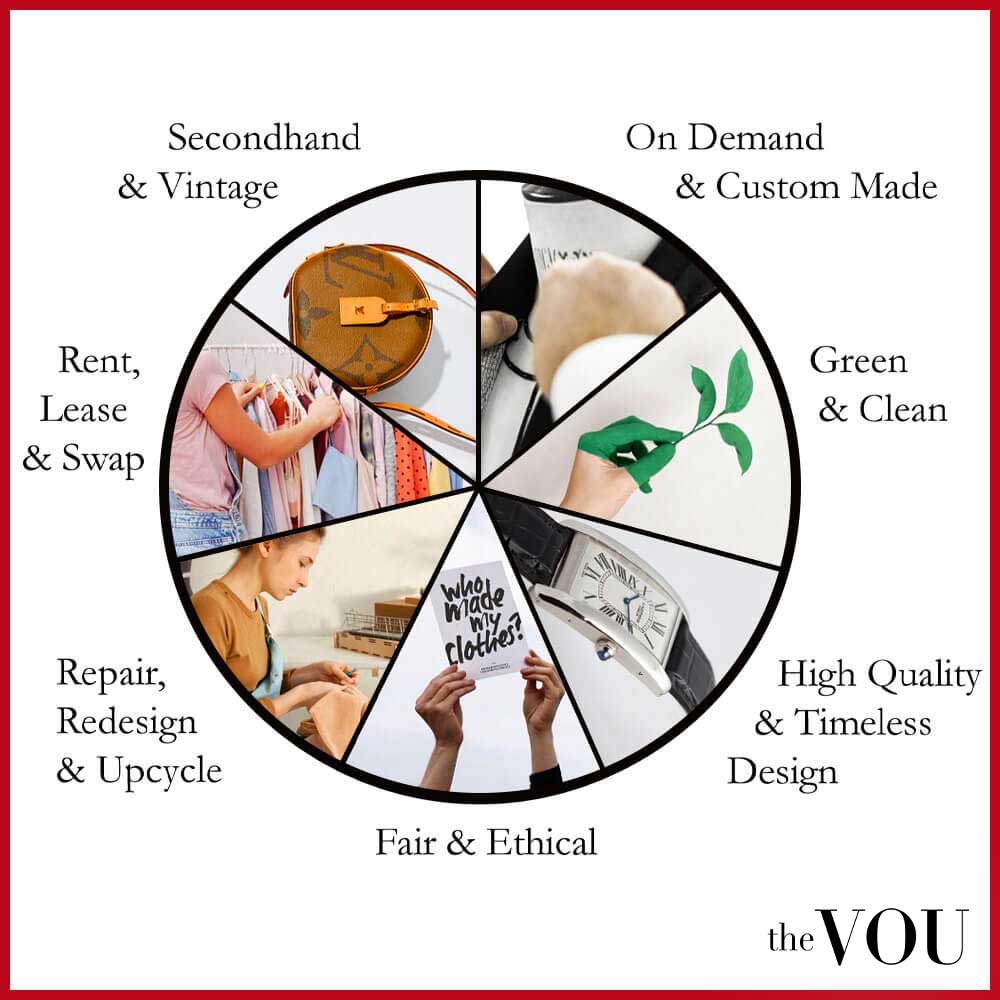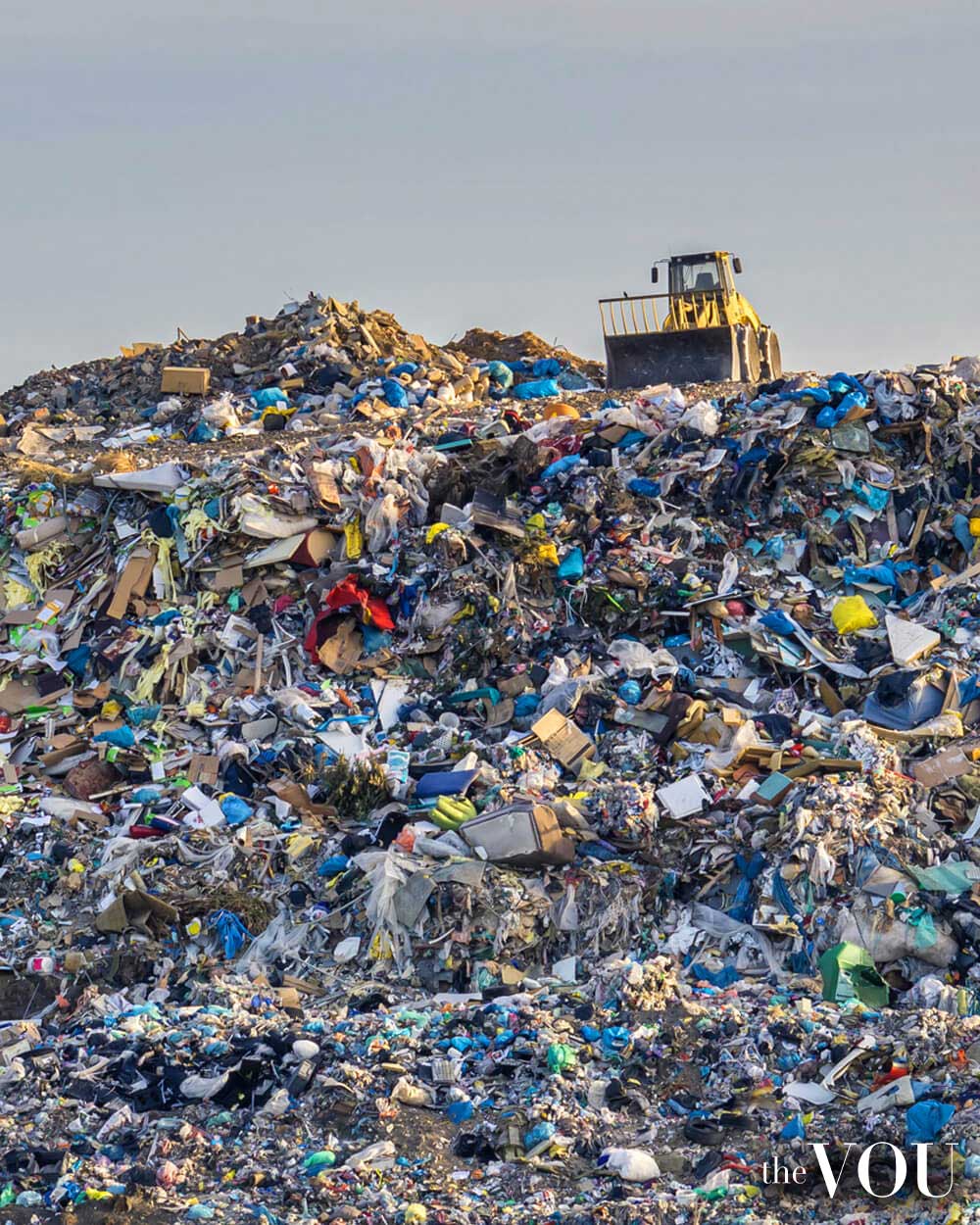
Driven by growing demand for sustainable fashion, the slow fashion movement sees increasing support.
As a new way of manufacturing clothes – in a slower, more considerate way towards the people, animals, and the environment, the slow fashion method can offset some of the damage done by fast fashion.
In this article, we’ll explore the origin of slow fashion, compare slow vs. sustainable vs. fast fashion, and see what it’s all about.
What is Slow Fashion?
Slow Fashion is a ‘global movement’ that opposes the fast fashion business model of industrial manufacturing and advocates for slow-fashion production and consumption with respect for people, animals, and the environment.
As a manufacturing process, slow fashion promotes the use of local craftsmen and eco-friendly materials.
Slow fashion aims to preserve local crafts and the environment while it provides value to producers and consumers.
The Origin of Slow Fashion
Kate Fletcher – professor of Sustainability, Design, and Fashion at UAL, London – coined the term ‘slow fashion’ in 2007.
Inspired by the slow food movement, Fletcher observed a need to slow down the fashion industry.
However, the ‘slow fashion’ movement reached global recognition thanks to Elizabeth L. Cline, one of the earliest critics of fast fashion.
In her 2012 book, ‘Overdressed: The Shockingly High Cost of Cheap Clothing,’ Cline assesses the costs of making low-priced garments.
Slow Fashion Philosophy
The slow fashion movement tracks and debates several critical aspects, of which manufacturing and consumption are the most ardent.
Slow Manufacturing
Slow fashion must be made in small batches by sustainable designers or local artisans from high-quality, (ideally) eco-friendly, and cruelty-free materials.
Borrowing from the luxury business model, the slow fashion manufacturing approach emphasizes product longevity and quality instead of quantity and mass production.
As such, slow manufacturing:
- Supports (implicitly) local artisans and their crafts.
- Promotes fair wages.
- Fights climate change with lower carbon emissions.
- Protects the environment.
Slow Consumption
The second critical aspect of the slow fashion approach is consumption, which can be achieved via several small stages:
- The purchase of vintage clothes.
- Redesigning/repurposing old clothes.
- Buying from smaller producers.
- Making apparel at home.
- Buying lesser but high-quality couture that lasts longer.
As Fletcher put it:
“The slow fashion approach encourages designers to ensure product quality and provide further value by developing the product in connection to people and the environment.”
Slow Fashion vs. Sustainable Fashion
While slow fashion and sustainable fashion are used interchangeably in fashion parlance, there are slight conceptual differences given their shared goal of a cleaner, safer, and happier world.
By construction, sustainable fashion incorporates the whole range of ‘eco,’ ‘green,’ ‘slow,’ and ‘ethical’ fashion movements.
Since slow fashion doesn’t view products as disposable, it is sustainable.
Also, by looking at the constituting parts of fashion and the links between them, slow fashion has an intrinsic ethical construct.
Slow fashion cares about raw materials, human labor, the environment, and the maintenance of these connections.
In this respect, slow fashion is a ‘workable solution’ to the existing wasteful fashion ecosystem.
[et_bloom_inline optin_id=”optin_0”]
Slow Fashion vs. Fast Fashion
Fast fashion is a manufacturing model built on cheap labor, resource depletion, waste creation, and overconsumption.
Fast fashion model (manufacturing, returns, and waste) is one of the most significant global heating contributors, known to generate over 1.7 billion tonnes of CO2 each year.

On the other hand, slow fashion advocates advise consumers to retain their garments for more than one season by creating garments with cultural and emotional connections relevant to the places and people that made them.
By proposing a thoughtful, intentional, and holistic fashion-making approach, slow fashion can counter some of the overproduction and pollution caused by the fast fashion model.
Moreover, slow fashion could resurface the long-lost art of clothesmaking and celebrate the skills of the artisans who create them.
The Benefits of Slow Fashion
The adoption of a slow fashion model could be of further benefit to the fashion industry by:
- Offering high-quality and timeless products, allowing customers to wear them for a lifetime.
- Slowing down mindless consumerism.
- Reducing pollution and textile waste clogging landfills.
- Having lower carbon emissions and thus protecting the environment.
- Supports local artisans and their crafts through fair wages.
How Can You Support Slow Fashion (6 ways)
- Take care of your clothes; wash only when necessary and on low-impact washing.
- Repairing garments, sewing, and replacing missing parts and buttons is simple.
- Engage in thoughtful purchases; think twice before buying.
- Buy only from slow fashion brands.
- Upcycle broken garments to make a unique capsule wardrobe.
- Recycle or donate the clothes you no longer need.
Final Takeaways
The ‘slow fashion’ approach to manufacturing apparel suggests a complete overhaul of production and consumption, with positive results amongst the younger generation:
However, while there are positive results and the support for slow fashion is growing, there is still a long way to go.
Weekly Newsletter
Secrets for a Wealthy, Successful, and Confident Look



